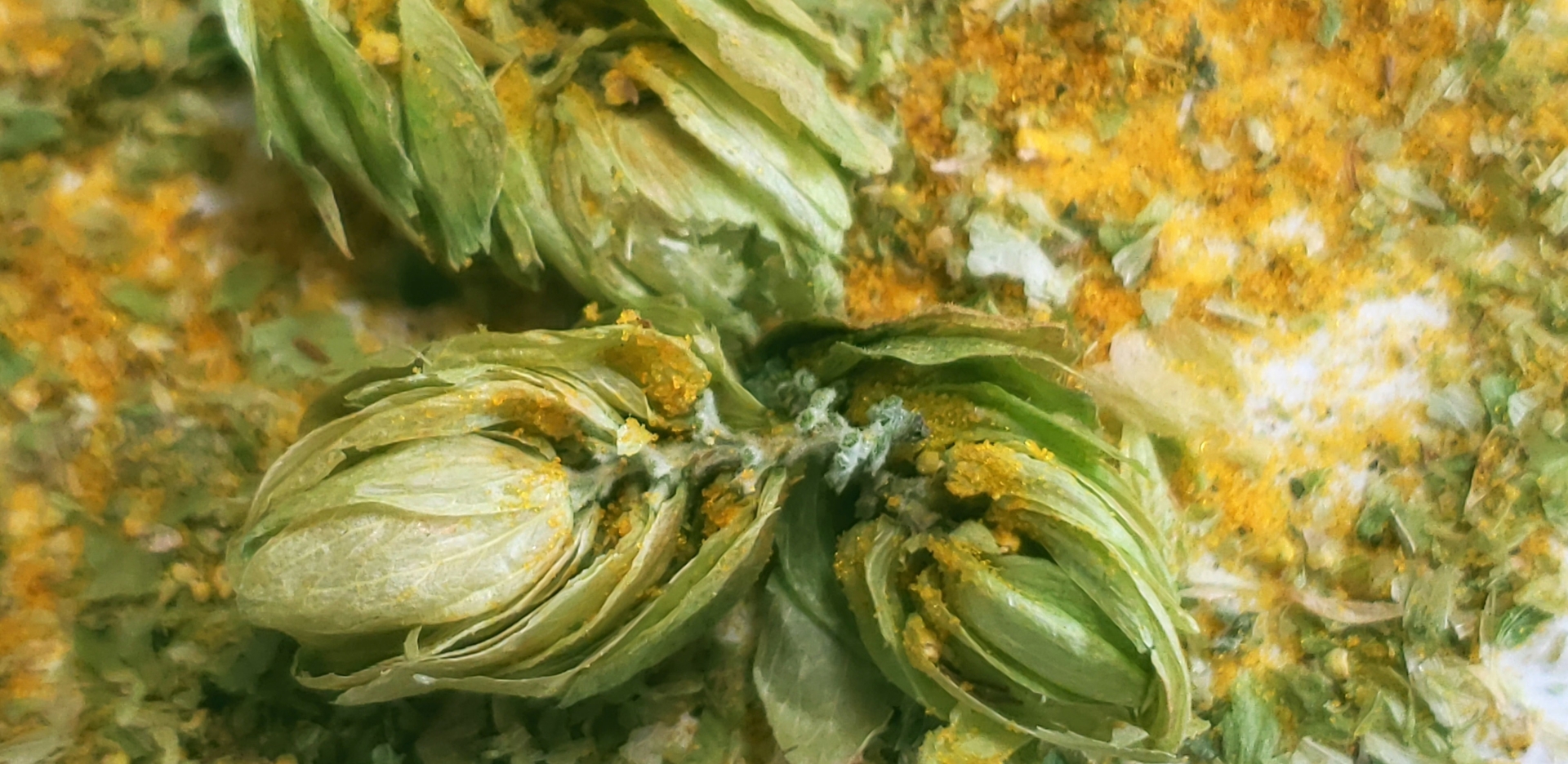A Review : "Effect of hop harvest date on the thiol content in hop cones"

For our second foray into industry research reviews, we step back in time to the ASBC meeting in Fort Meyers, FL back in 2017 (check out the link to the research! https://www.asbcnet.org/events/archives/2017ASBCMeeting/proceedings/2017Proceedings/6_Uemoto.pdf)
Admittedly, this right up our alley as we do have a soft spot for thiols in hops. Despite that fact there’s been a few years since this presentation, it’s still worthwhile to take a read through the information.
Most people are familiar with the more frequently discussed thiols like 4MMP (or 4SMP), 3MH (3SH) etc. In this study, Uemoto focuses specifically on two thiol compounds: 4MSP (4-methyl-4-sulfanylpentan-2-one, AKA 4-methy-4-mercaptopentan-2-one or 4MMP) and 3S4MP (3-sulfanyl-4-methylpentan-1-ol AKA 3-mercapto-4-methylpentan-1-ol or 3M4MP).
It’s worth noting the differences between naming conventions listed above. Both terms “sulfanyl” and “mercapto” are used to describe the presence of the -SH functional group; however, “sulfanyl” is the newer naming convention that replaced “mercapto” though both forms are still valid.
But we digress. Back to Uemoto’s work. He was focusing on 4MSP and 3S4MP compounds for Cascade, Furano Beauty and Furano Magical®, all grown in Japan. The goal was to determine if there was a relationship between the two thiols and the harvest date of the hop cones. For harvest dates, he selected 45 days past flowering (a normal harvest condition), 65 days, 75 days and 85 days after flowering. Once his samples were collected, he analyzed samples for aroma, alpha acids and essential oil content, thiol content in cones, thiol content in beer and flavor/aroma in beer.
Hops were analyzed for sensory, alphas and essential oils. They found that hop aroma changed aroma profile as harvest date increased. Likewise, essential oil content tended to increase as harvest date did. Alpha acid content, however, did not increase or if it did, it was a small increase rather than a large one.
Upon analyzing the thiol content in the hop cones, Uemoto found that the contents of 4MSP didn’t change in Furano Beauty and Cascade and the concentration of 4MSP actually decreased as the hops moved from normal harvest to late harvest. Interestingly, 3S4MP concentrations showed various levels of increasing concentrations as harvest times increased. Furano Beauty, Furano Magical® and Cascade all showed an increase of between 300 and 350% from the initial concentration at 45 days to the final concentrations at 85 days. The amount of 3S4MP present in Furano Beauty was higher than that of Nelson Sauvin, a variety known for its high thiol content. What does all this mean? Based on Uemoto’s research, it means that for certain varieties, letting the hops hang longer can increase the thiol content for certain compounds. This increase in thiol content may be transferred to beers with the hops and increase the overall thiol concentration of the finished beer. Does that mean all hops should be harvested later? Probably not. It will be entirely variety specific and also region specific, but it's still something to consider for hop aroma character.